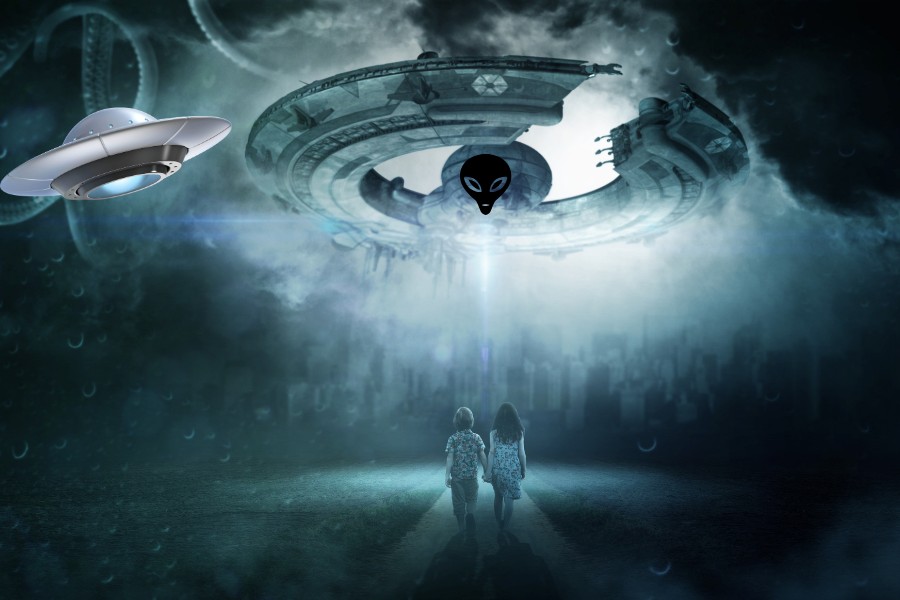- History
- 1 year before
The Roswell UFO Incident and Its Effects
The incident in Roswell in 1947 is considered the beginning of the UFO myth. Despite official statements, its true nature is still a matter of speculation
-

- 1 year before
- Category: History

The Roswell UFO Incident
The Roswell UFO incident, which occurred near Roswell, New Mexico, USA, in 1947, is widely considered the genesis of the modern UFO (unidentified flying object) mythos. In brief, the incident involved the discovery of mysterious debris by rancher William Brazel, which the military initially announced as a 'flying disc' but later claimed was a crashed weather balloon.
Aviation Historical Context
The Roswell incident holds a unique place in aviation history, as it straddles the line between scientific inquiry and conspiracy theories. It emerged as a product of 20th-century aviation and the public's fascination with the unknown. Despite official explanations, the incident's true nature remains the subject of much speculation. Roswell became part of a broader phenomenon, with claims of a government cover-up and a larger 'UFO phenomenon.'
Details and Conspiracy Theories of the Roswell Incident
The debris found by William Brazel has been the subject of numerous theories, with some claiming it was a crashed alien spacecraft. Official accounts, however, stated that the debris was from a weather balloon. However, it was later revealed that the supposed weather balloon debris was actually part of 'Project Mogul,' a secret surveillance balloon project used to track nuclear tests. This revelation highlights the discrepancies and contradictions between official narratives and popular conspiracy theories.
Roswell and Ufology
Ufology is the study of UFO sightings and related phenomena, and the Roswell incident has been one of the most heavily scrutinized cases by ufologists. Following the incident, UFO beliefs and theories proliferated, with many convinced that the government was concealing the existence of extraterrestrial beings. Roswell had a profound impact on ufology, shaping the way UFO beliefs are constructed in society and fueling interest in aviation technologies.





